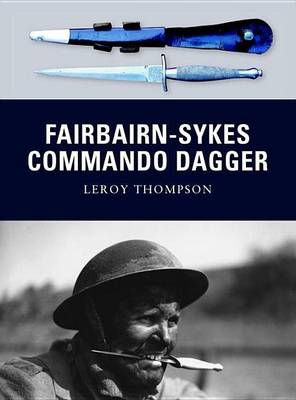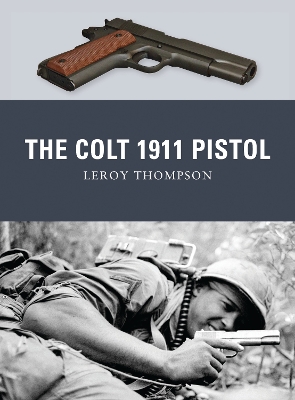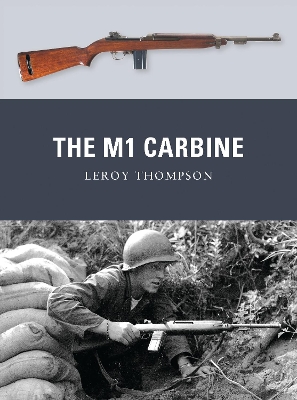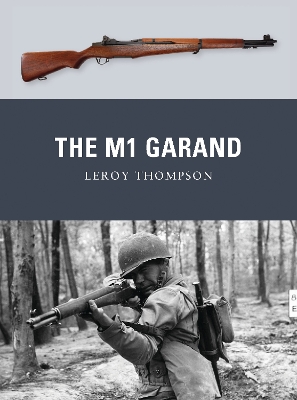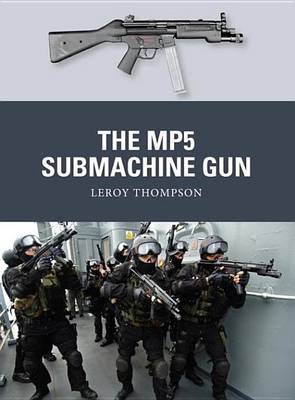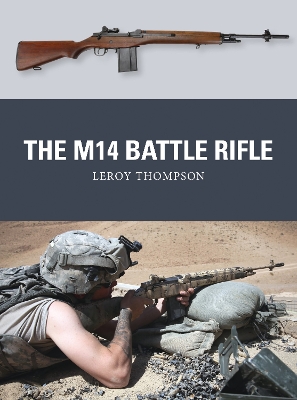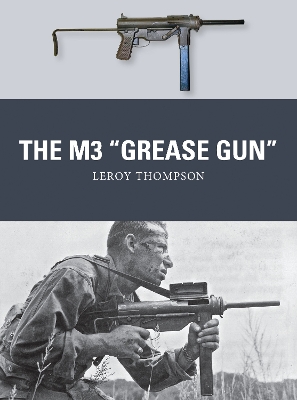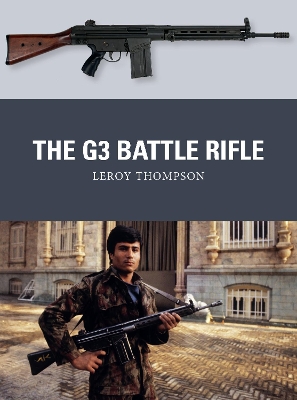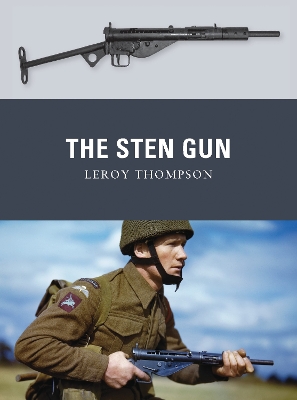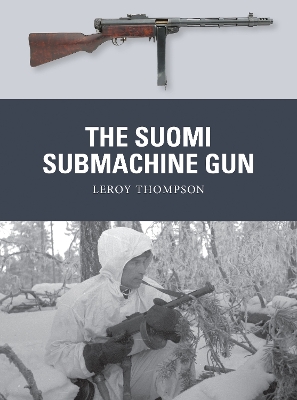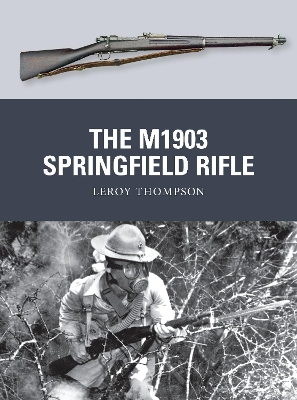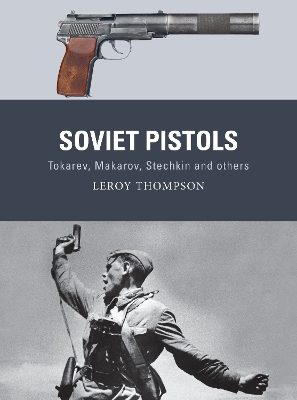Weapon
9 primary works • 15 total works
Book 7
Book 9
Book 11
Book 13
Book 16
Book 29
Book 35
Book 37
Book 46
Rugged and accurate, the Suomi was a favourite with Finnish ski troops who would strike from ambush, cutting down Soviet troops, then skiing away into the woods. Initially used by the Finns as a light machine gun at infantry squad level, it eventually became a dedicated submachine gun, and since it had been designed to be more accurate than the typical SMG, it was often even used as a sniping weapon, or to supplement longer-ranged rifles such as the Mosin-Nagant. Featuring first-hand accounts and specially commissioned colour artwork, this is the story of one of World War II's most distinctive and respected infantry weapons.
Chambered for the 9×19mm Luger cartridge, John Browning’s High-Power improved on the classic Colt M1911 design, especially in its use of a far simpler takedown system. The pistol’s innovative 13-round magazine, designed by Dieudonné Saive, staggered the cartridges for higher capacity without unduly increasing the grip size. During its 82-year production run at Fabrique Nationale (FN) in Belgium, the design evolved slightly, but a 2017 High-Power was still easily recognizable as a descendant of the original model.
Packed with gripping material including detailed technical specifications, contemporary photographs and highly accurate artist’s renditions, this title is a comprehensive and informative guide to the world’s most iconic semi-automatic pistol.
Featuring archive and present-day photography and specially commissioned artwork, this is the story of the pistols that armed the forces of the Soviet Union and its allies during and after World War II. In 1930 the TT, a single-action semi-automatic pistol developed by Fedor Vasilyevich Tokarev and firing 7.62×25mm ammunition, began to supplement the venerable Nagant M1895 revolver in Soviet military service. From 1933 the TT-33, a simplified version, was also issued; all three would equip Soviet and proxy forces throughout and after World War II, seeing action across the globe.
In 1951 a new pistol designed by Nikolay Fyodorovich Makarov entered Soviet service; it became the primary Soviet military and police sidearm during the Cold War era and continued in use into the 21st century. The 9×18mm Makarov round was used in various weapons used by Soviet allies, notably the Czech vz 82, the Hungarian FÉG PA63 and the Polish P64 and P83.The PM was quickly joined by the Stechkin machine pistol. Other specialized versions of the Makarov were developed, including the PB suppressed version and the 5.45×18mm PSM, a more compact version. Initially developed in 1990, the improved PMM version of the Makarov was intended primarily to increase the stopping power of the 9×18mm round by chambering a higher-pressure load.
In this study, noted weaponry expert Leroy Thompson tells the story of the Tokarev, Makarov, Stechkin and other handguns in service with Soviet and other forces around the world, exploring the development, combat use and legacy of these formidable firearms.
